
7 Things You Probably Didn’t Know About Shoes
Shoes are a part of our every day. Though we all love our shoes and it’s so much fun to shop the season’s new styles, on some level, we take shoes and socks for granted. Here are seven fun facts about shoes that might surprise you!

1. Doc Martens were originally German housewife shoes
Before becoming a fashion icon, those rebellious Docs were originally the housewive’s choice.
Dr. Martens originally took off among older housewives in the 1950’s in Germany thanks to the soft, cushioned insole. When originator Märtens began exporting them to the Brits and working with British company Griggs, they became more like the boots we know today. Yet they were still popular first with those who worked on their feet and needed comfort – like factory workers and postmen.

2. There's a record for "Fastest 100 metre wearing high heels"
Heroines and divas seem to navigate heels with ease. The rest of us generally need a little practice first. Majken Sichlau of Denmark claims the title for running the world’s fastest 100m wearing high heels. To win her title as the female world champ, she sprinted the 100 meters in 13.557 sec. Wow, that’s just plain fast. She accomplished this during the Tarnby Games on May 2, 2015, in Copenhagen, Denmark.
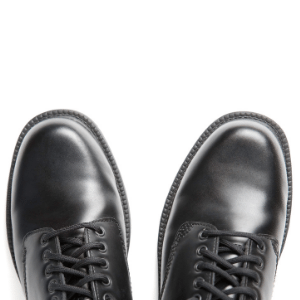
3. Shoes Weren't Left and Right until the 1800's
Right and left shoes weren’t made until 1817 in Philadelphia by a man named William Young. Before that, both shoes were identical and obviously a lot less comfortable. It's safe to say that this was a great invention.
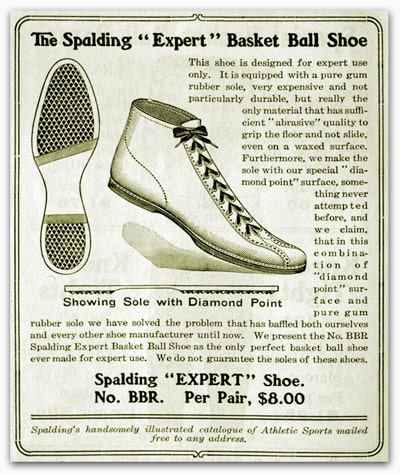
4. The term "sneakers" came about because of the quiet rubber sole
In 1887, the Boston Journal referred to shoes as "sneakers" for the first time. The rubber sole that was just invented was quiet, so the wearer could "sneak up" on others.
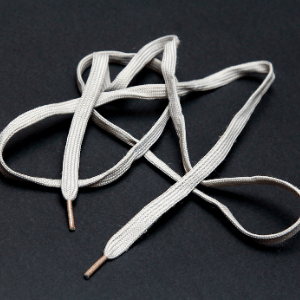
5. Shoe laces didn't always have aglets on the ends
Sure you know how to make the bunny ears, but do you know where shoelaces came from and what that little plastic thingy on the end is called? It’s called the aglet. It’s typically plastic or metal, and was popularized in 1790 by an English inventor named Harvey Kennedy. It helps keep your laces from fraying and makes it a whole lot easier to thread through the tiny holes in your shoe.
Shoelaces have been in use for centuries, long before they became officially invented when they were patented by that same Harvey Kennedy. There are examples of laces on medieval footwear dating as far back as the 12th century. 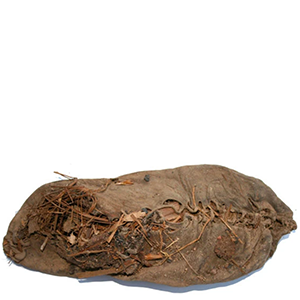
6. The world's oldest shoe is 5500 years old
Well, it all starts with how you define shoe. Rope sandals that date back to approximately 8,000 BC were discovered in Oregon by archaeologists in 1938. They were constructed of sagebrush bark and the archeologits found several pairs of them in the Oregon cave.
The oldest known actual shoe, made of leather and with a closed toe was discovered in 2008, again in a cave, this time in Armenia. It’s been called the Areni-1 shoe and despite being around 5,500-years-old was found in surprisingly good condition. It’s the oldest known leather shoe in the world, although researchers believe footwear was around before that; it’s just that the materials were of a type that disintegrated over time.
Don’t throw out those old sneakers just yet, they might be a museum piece some day.
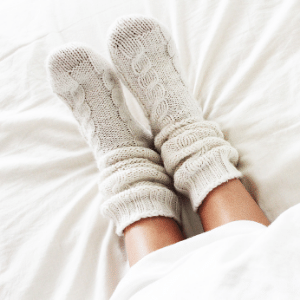
7. The original socks were from animal skins and hair
Socks were originally made from animal skins or matted animal hair. It makes you really appreciate those soft fleece ones you love so much, doesn’t it?
 Slow down there friend
Slow down there friend